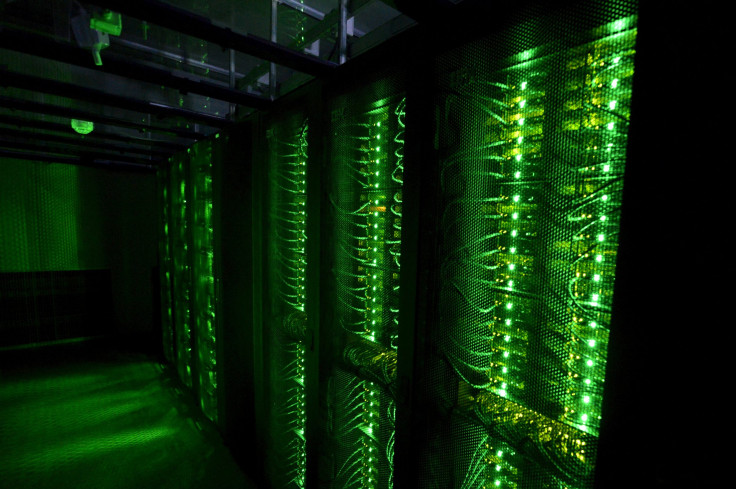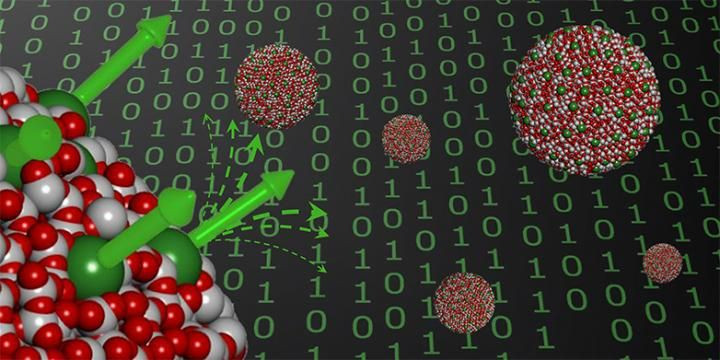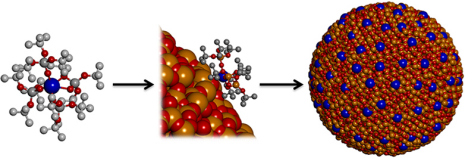Nanotechnology News: Data Storage Devices Could Be Built Using Nanomagnets

Among the many potential applications of the burgeoning field of nanotechnology, some exciting ones are in the field of computers, both in processing and storing data. Data storage devices have shrunk in size dramatically over the last couple of decades, but as the amount of digital data being produced has grown by many more orders of magnitude, large data centers — as big as several blocks — have become commonplace too.
An international team of researchers has proposed a way that will allow for storage of truly large amounts of data using very little space. Their method uses nanomagnets, which are developed by attaching magnetizable atoms on to a silica surface. Since the atoms being used can be magnetized in only one of two possible directions, “spin up” or “spin down,” they make for ideal candidates for storing and reading digital data, which relies on the binary system of zeroes and ones.
Read: Data Transfer Limits In Optoelectronic Microprocessors

Scientists from ETH Zurich, led by Christophe Copéret, worked on the project with their colleagues in the universities of Lyon and Rennes in France, Collège de France in Paris, Paul Scherrer Institute in Switzerland, and the Berkeley National Laboratory, California. A statement released Thursday by ETH explained the process by which the nanomagnets were created.
To fuse the magnetizable atoms to the silica surface, the team developed a molecule with an atom of dysprosium (a rare earth metal with atomic number 66), where the molecule scaffolding acts as a “vehicle” for the atom. The molecules were bound to the silica nanoparticles using annealing (heating, followed by slow cooling) at 400 degrees Celsius (about 750 degrees Fahrenheit), a process during which the molecular scaffolding disintegrates, leaving behind only the dysprosium atoms well-dispersed on the silica surface.

However, the process of magnetization developed by the team only works at around minus 270 degrees Celsius (close to absolute zero) and the magnetization is maintained only for about 90 seconds. Since those conditions are not entirely conducive to making actual computers, the researchers are “looking for methods that will allow the magnetisation to be stabilised at higher temperatures and for longer periods of time. They are also looking for ways to fuse atoms to a flat surface instead of to nanoparticles,” according to the statement.
Their study, “Magnetic Memory from Site Isolated Dy(III) on Silica Materials,” was published in the journal ACS Central Science.
© Copyright IBTimes 2025. All rights reserved.



















